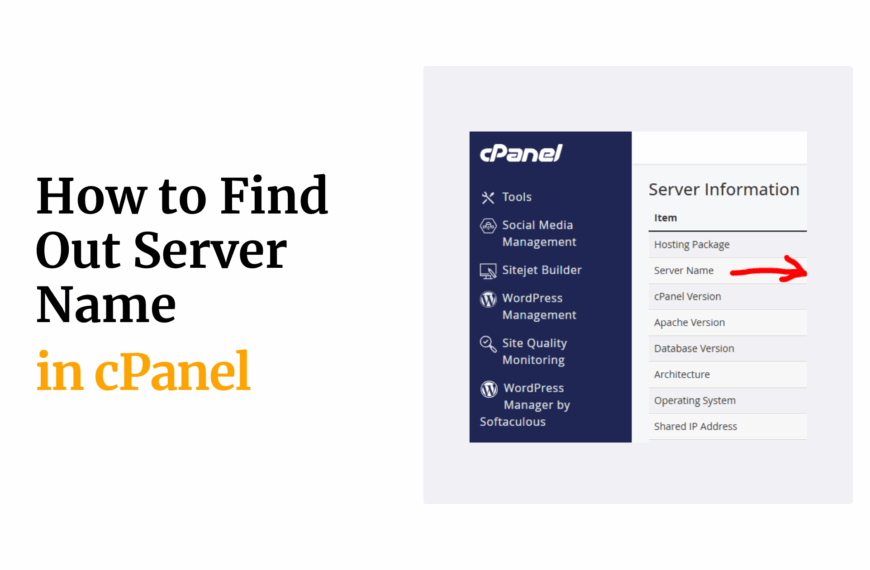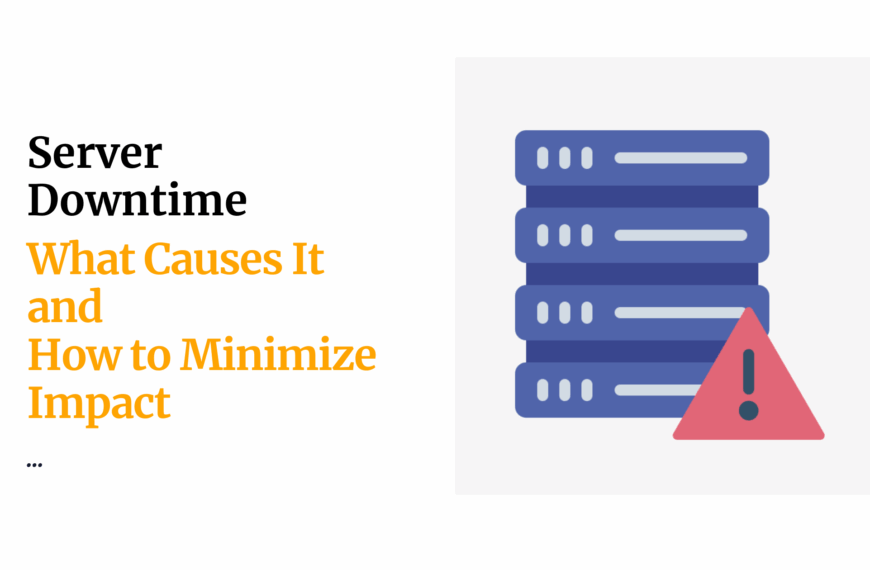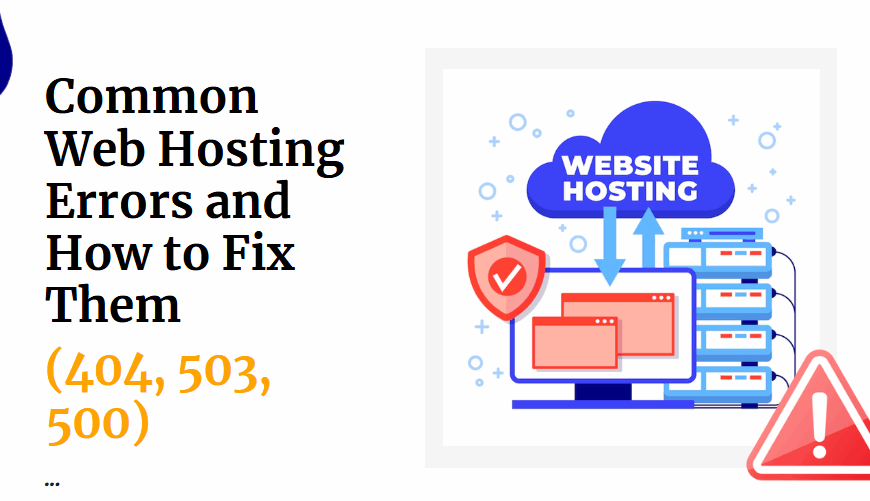Last updated on July 30th, 2025 at 11:45 am
If you run a website, especially on platforms like WordPress, knowing your PHP version is important. Why? Because PHP is the engine behind your site. It powers everything behind the scenes.
In this guide, you’ll learn how to check the PHP version on your hosting account or local computer, step by step.
Table of Contents
What is PHP?
PHP stands for Hypertext Preprocessor. It’s a server-side scripting language used to build dynamic websites and web applications.
In simple terms, PHP is the language your website speaks behind the scenes.
When someone visits your site, PHP helps fetch content, run functions, and display the correct page, all in real time.
Why PHP Matters for Your Website
Most websites today are not just plain text. They include forms, logins, blogs, product pages, and more. PHP makes all of this possible by:
- Communicating with your database (like MySQL)
- Generating pages based on user actions
- Managing things like login systems or file uploads
“Over 75% of websites, including WordPress, run on PHP”, W3Techs
Examples of Sites That Use PHP
- WordPress (powering 40%+ of all websites)
- Facebook (originally built on PHP)
- Wikipedia
- Shopify
- Mailchimp
Is PHP Still Relevant?
Yes. Despite being around for over two decades, PHP is still:
- Reliable
- Fast
- Easy to learn
- Well-supported
How to check the php version (Methods)
You can check your PHP version in several simple ways. Below, we outline the most common methods.
1) Check PHP Version via cPanel
Most hosting providers, including Truehost SA, offer cPanel for easy server management. Here’s how to check your PHP version using cPanel:
- Log in to your cPanel account.
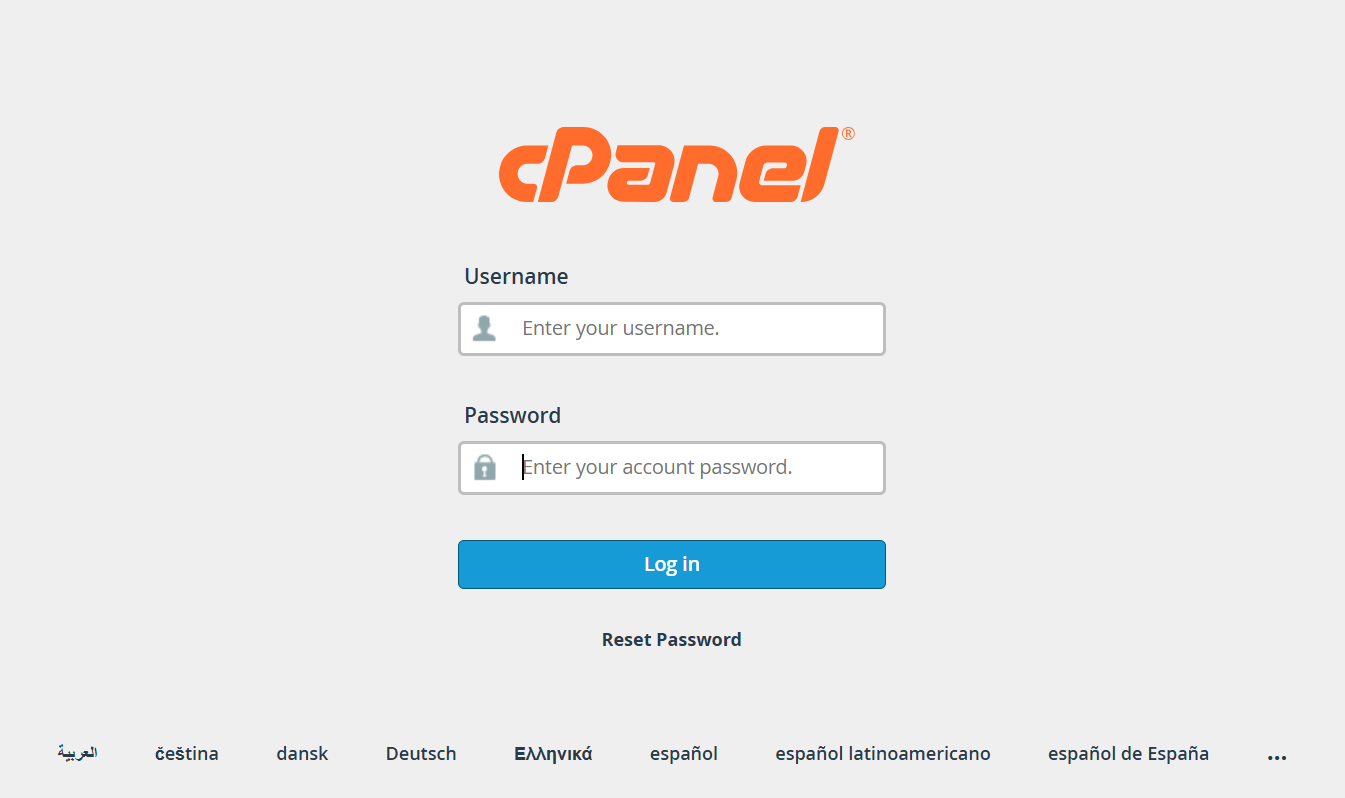
- Scroll to the Software section.
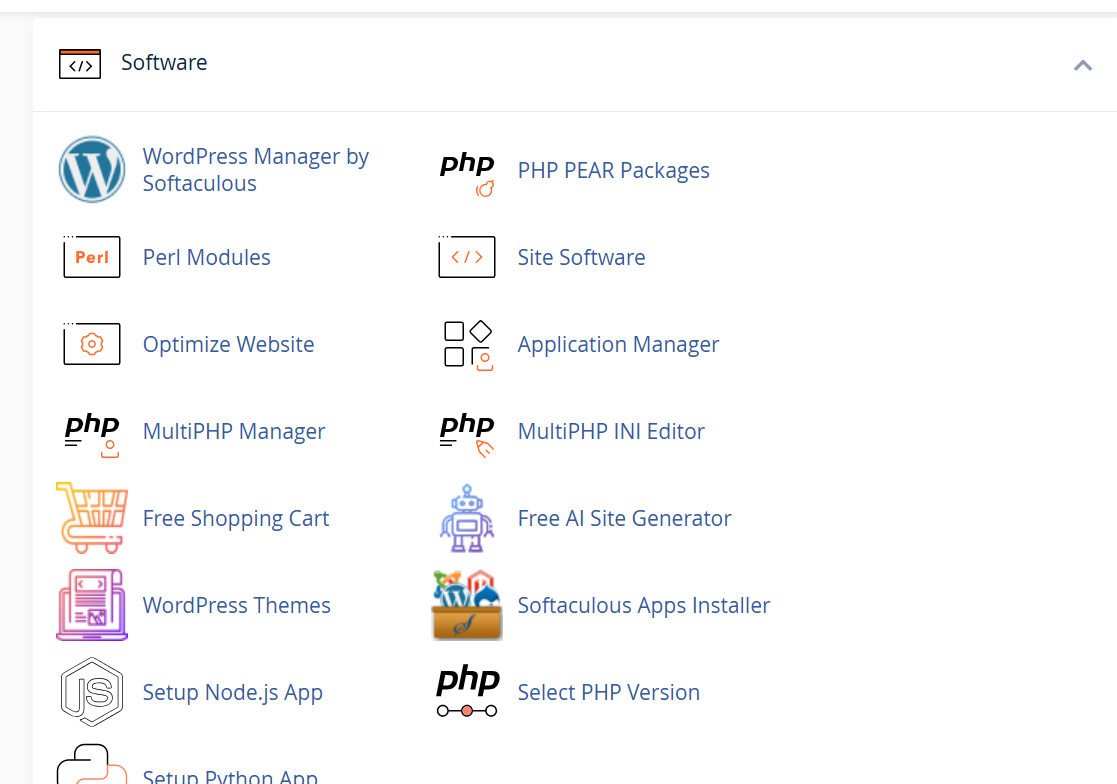
- Click “Select PHP Version” or “MultiPHP Manager.” The exact name might vary slightly depending on your cPanel theme.

The current PHP version will display on the screen. You can also switch to a different version if needed.
Checking your PHP version in cPanel is a straightforward process, requiring just a few clicks, making it ideal for beginners.
2) Check Your PHP Version Using a Simple File
If you can’t find the PHP version from your hosting panel, there’s another easy way: by using a small file.
Here’s how to do it, even if you’re not a tech expert:
- Open a basic text editor on your computer; something like Notepad works just fine.
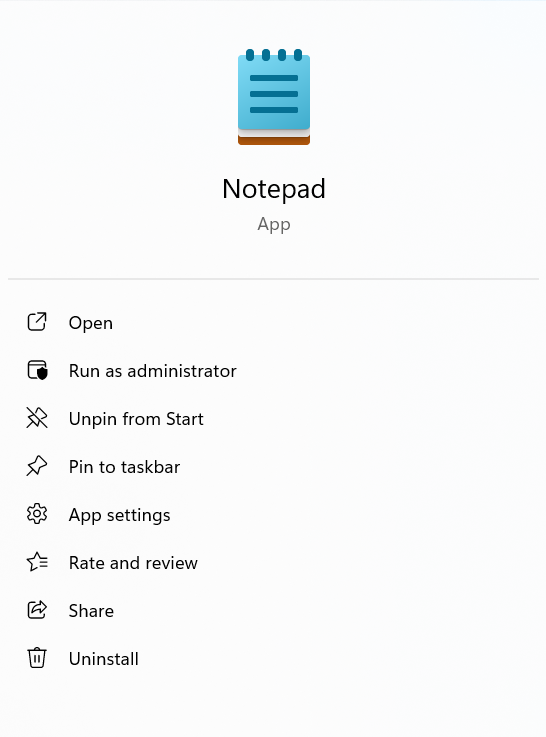
- Inside the file, you’ll write a small line that tells your website to reveal its PHP version (don’t worry, you can ask your developer or support team for help with the exact text if needed).
- Save the file with a name like info.php
- Log in to your hosting account and go to the File Manager, or use an FTP app if you have one.
- Upload that file to the main folder of your website (this is usually called “public_html”).
- Now, visit that file through your browser. Just type something like:
yourwebsite.com/info.php
That page will show you all the details about your server, and right near the top, you’ll see the PHP version your site is currently using.
3) How to Check PHP Version from WordPress Dashboard
If you use WordPress, no coding is needed.
Method 1: Use Site Health Tool
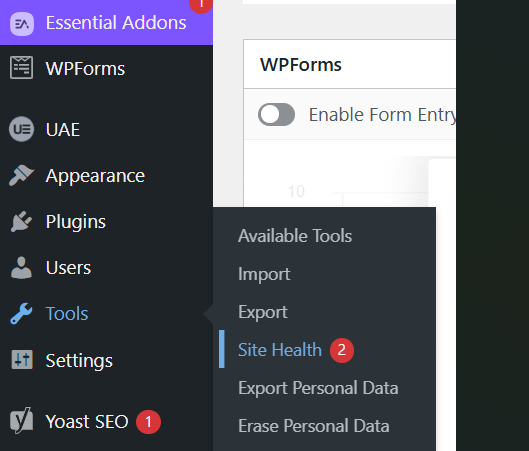
- Go to WordPress Dashboard > Tools > Site Health
- Click the Info tab
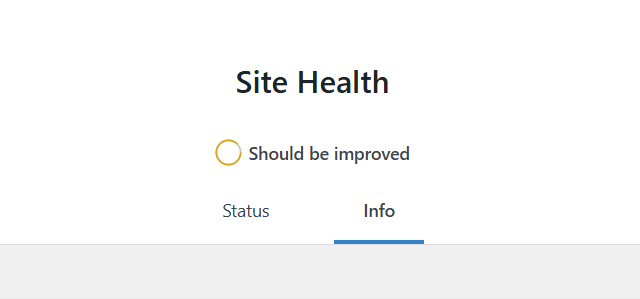
- Scroll to the Server section
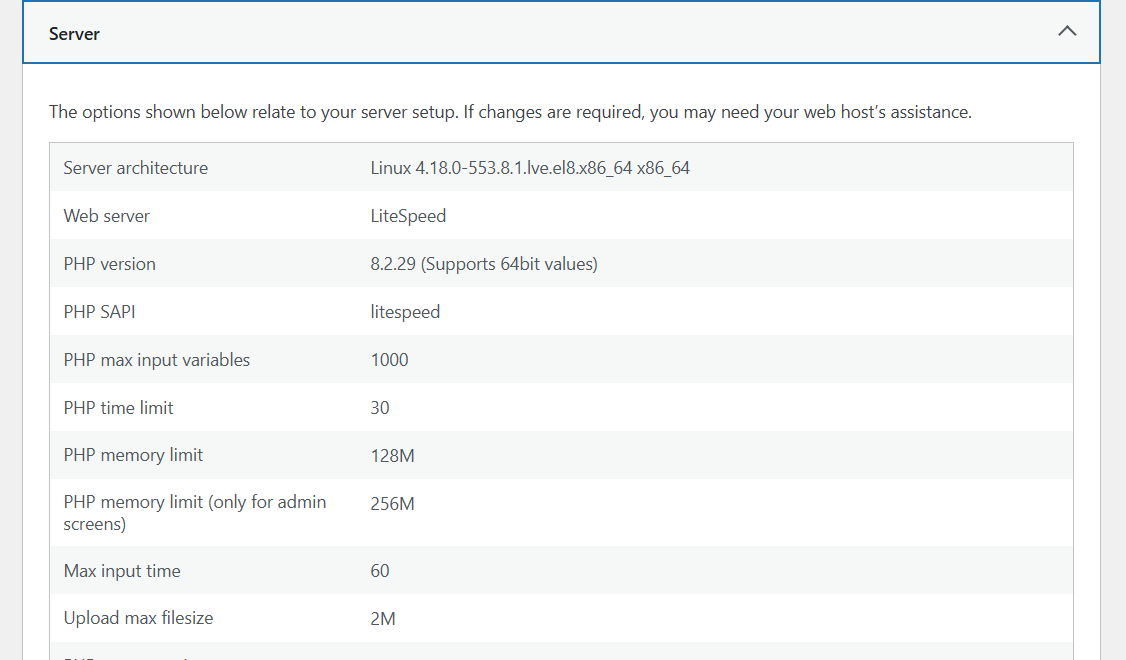
- Look for “PHP version”
Method 2: Use a Plugin
Install a plugin like WP-ServerInfo or Display PHP Version.
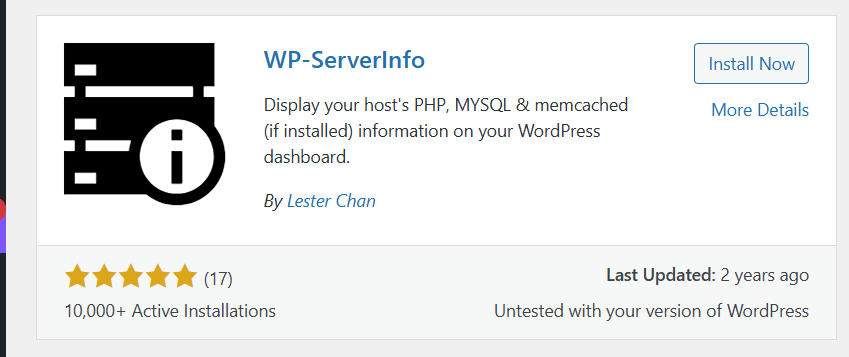
It will show the version right in your dashboard.
What to Do After Checking Your PHP Version
Once you know your PHP version, take these steps to optimize your site:
- Update PHP: If your version is outdated (e.g., PHP 7.4 or older), upgrade to a newer version like PHP 8.1 or 8.2 for better security and speed.
- Check Compatibility: Ensure your themes, plugins, or apps support the PHP version.
- Contact Support: If you’re unsure how to update, our team at Truehost SA is here to help.
👉 Need help updating PHP? Explore our Managed Hosting plans for worry-free setup.
Why Choose Truehost SA?
At Truehost SA, we simplify server management for you. Our hosting plans include tools to check and update your PHP version effortlessly.
Whether you’re running a blog or an e-commerce site, we’ve got you covered.
- Fast, secure servers.
- 24/7 expert support.
- Easy PHP version management.
Conclusion
Now that you know how to check the PHP version, make it a habit to keep it up to date. It’s one of the easiest ways to boost your site’s speed and security.
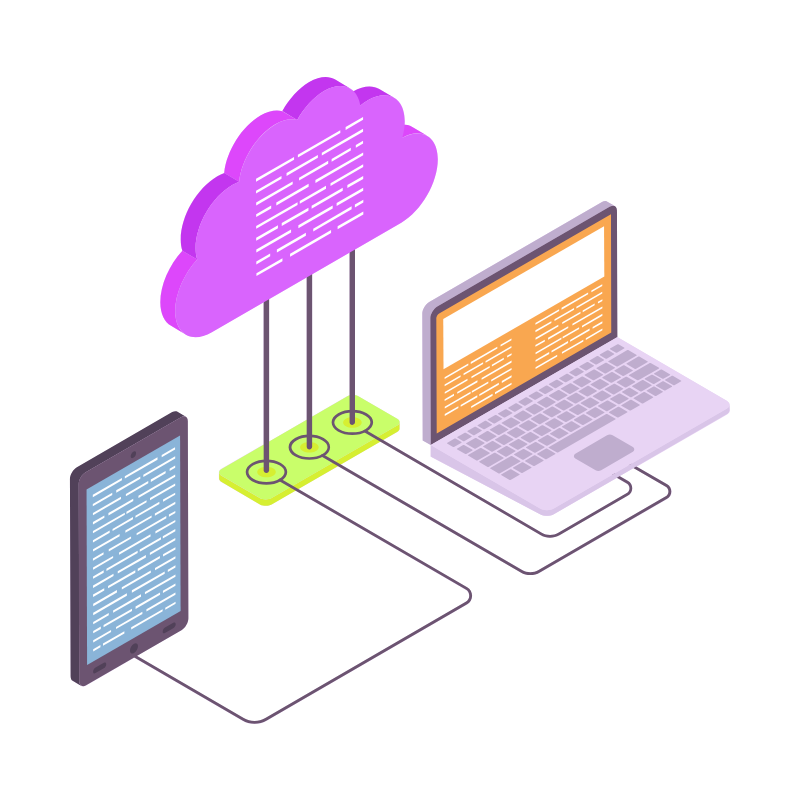 Web Hosting
Web Hosting Windows HostingBuilt for Windows apps and websites – stability, speed and flexibility
Windows HostingBuilt for Windows apps and websites – stability, speed and flexibility Reseller HostingLaunch a hosting business without technical skills or expensive infrastructure
Reseller HostingLaunch a hosting business without technical skills or expensive infrastructure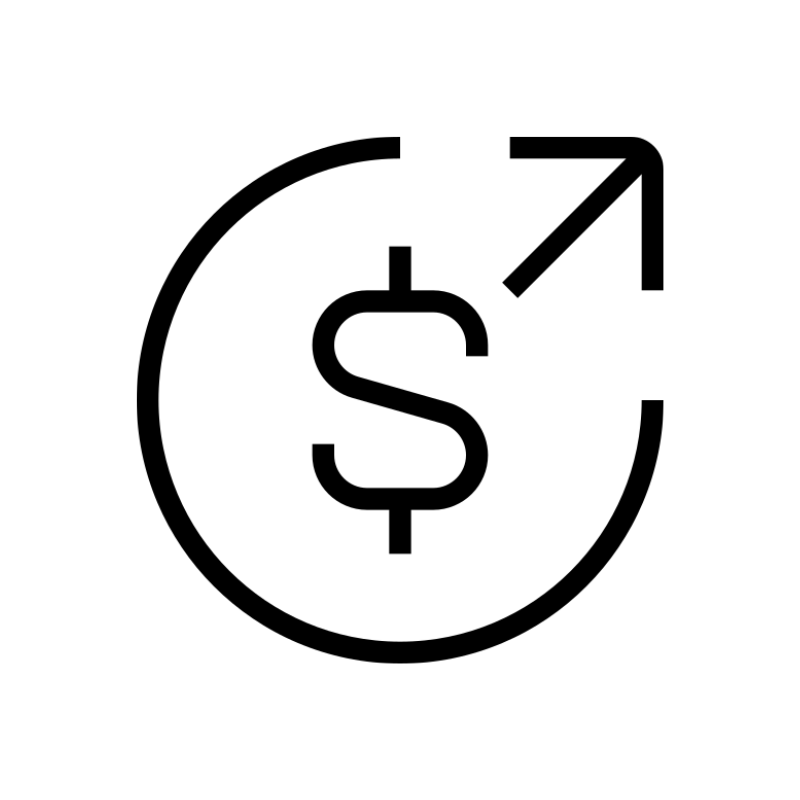 Affiliate ProgramRefer customers and earn commissions from sales across our platform
Affiliate ProgramRefer customers and earn commissions from sales across our platform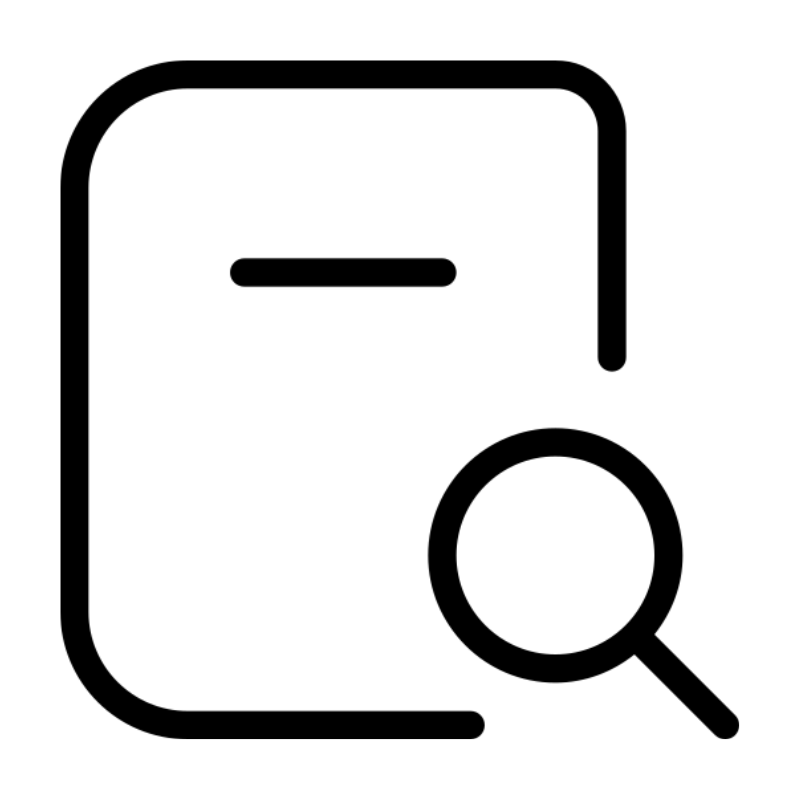 Domain SearchFind and secure a domain name in seconds with our quick lookup tool
Domain SearchFind and secure a domain name in seconds with our quick lookup tool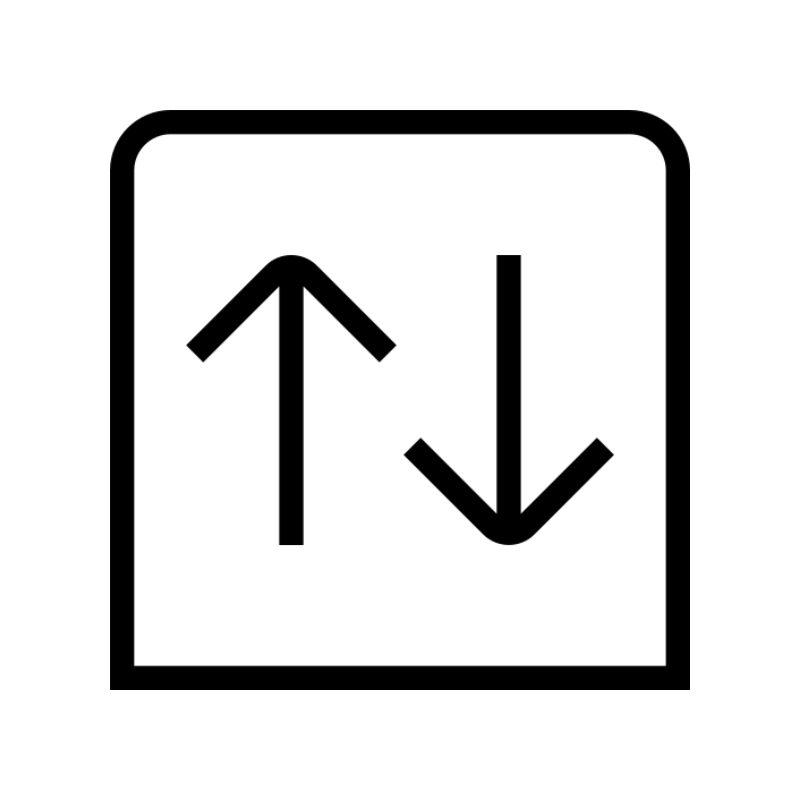 CO ZA Domains
CO ZA Domains All DomainsExplore domain names from over 324 TLDs globally – all in one place
All DomainsExplore domain names from over 324 TLDs globally – all in one place Free Whois Lookup Tool South Africa
Free Whois Lookup Tool South Africa VPS
VPS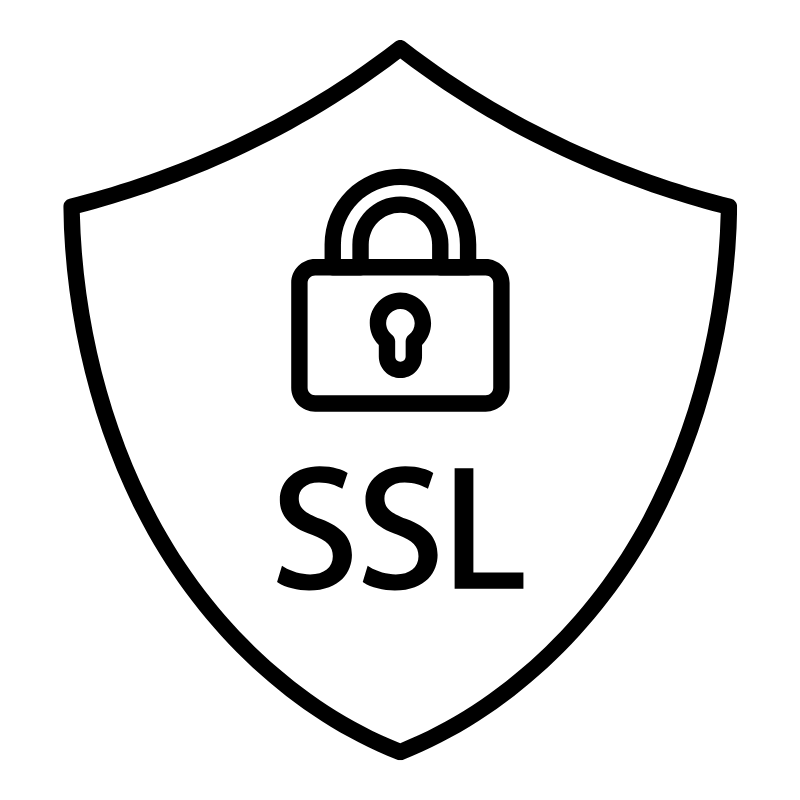 SSLs
SSLs



